Type II U-Boats (1935)
 Germany (1935), 50 Submarines Types IIa, IIb, IIc, IId
Germany (1935), 50 Submarines Types IIa, IIb, IIc, IId
WW2 U-Boats:
Seeteufel (1944) | Type Ia U-Boats (1936) | Type II U-Boats (1935) | Type IX U-Boats (1936) | Type VII (generic) | VIIA | VIIB | VIIC | VIIC/41 | VIIC/42 | VIID | VIIF | Type XB U-Boats (1941) | Type XIV U-Boats (1941) | Type XVII U-Boats (1944) | Type XXI U-Boats (1944) | Type XXIII U-Boats (1944) | German mini-subs and human torpedoesIn 1930, the false Dutch company NV Ingenieurskantoor voor Scheepsbouw den Haag (set up in the Netherlands to develop submarines for Germany after WW1) set out to design a new class of submarine as a means of coastal patrol and defense. This submarine was bought by the Finnish government and was called the CV-707 Vesikko. This became the basis for the development of a new class of submarine for the German Kriegsmarine.

Finnish Vesikko, CV-707 prototype submarine in service and camouflage livery during the war.
In 1933, NV Ingenieurskantoor voor Scheepsbouw den Haag designed a new and improved CV-707 that would be built for the German navy at the Kiel shipyard. This class became the Type IIA, with the U-1 being the first built. It’s primary roles were training of new crews and coastal defense.
Design
The Type IIA had a length of 134 feet, a beam of 13 feet, and a draft of 12 feet, meaning that the sub was small and could only operate in coastal waters. A conning tower was located in the center of the boat and housed the periscopes that the sub would use to see while underwater. A single anti-aircraft gun may be mounted here.
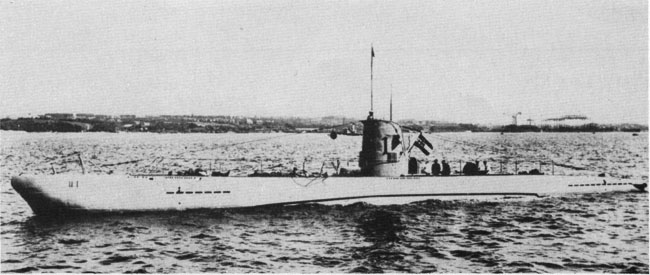
Displacement for the Type IIA was 250 tons surfaced and 298 tons submerged. A test depth of 150 meters could safely be reached, although captains of submarines would regularly take their subs deeper than the test depth. With a crew of up to 25 men, the Type II was cramped and uncomfortable, although proportionate as other submarines such as the American Gato Class were 3 times the size and had 3 times the crew.

Cutaway plans of the U Boat type II
Armament
Armament of most Type II submarines was 3 533mm torpedo tubes, all forward facing, with 5 torpedoes carried in total. In addition, 1-2 20mm anti-aircraft cannons were carried. No deck gun or heavy anti-aircraft was carried.
In addition to the underwater and surface weapons, small arms such as MP-40 submachine guns and P-38 handguns were carried for self-defense and boarding.
Interestingly, all German submarine crews were also trained in land combat, so it can be assumed that the crews were at least somewhat skilled with their small arms.
Propulsion
German submarines, while having diesel and electric engines, were not true diesel-electrics. They used their louder diesel engines on the surface and their electric engines underwater.
Powering the Type II were 2 diesel engines and 2 electric motors allowing for up to 13 knots surfaced and 7 knots submerged.
Type IIA subs could travel 1,600 nmi at 8 knots while surfaced and 35 nmi at 4 knots while submerged.
Type IID subs could travel 5,650 nmi at 8 knots while surfaced and 56 nmi at 4 knots while submerged.
Active Service
The first Type II submarines were completed in 1934, although most of the world did not know of their existence until 1935, when Germany and Great Britain signed a treaty allowing Germany to match England’s submarine fleet.
In total, there were at least 4 combat flotillas that operated the Type II. These included the 1st, 3rd, 5th, and 30th Flotillas. Most of these operated out of Kiel, with one notable exception.
Starting in 1942 with the formation of the 30th U-Boat Flotilla, Type IIBs would be used in the Black Sea, attacking Russian shipping and reinforcements making their way to the front line. The Flotilla was disbanded in 1944 after the destruction of all remaining U-Boats.
At the start of hostilities with France and England, the Type II was more used for coastal patrol and training, but as the war dragged on, it saw more combat in the English Channel. Eventually, the Type II was to be replaced by the Type XXIII “Elektroboot”, although the Type II was never fully replaced in the Kriegsmarine.
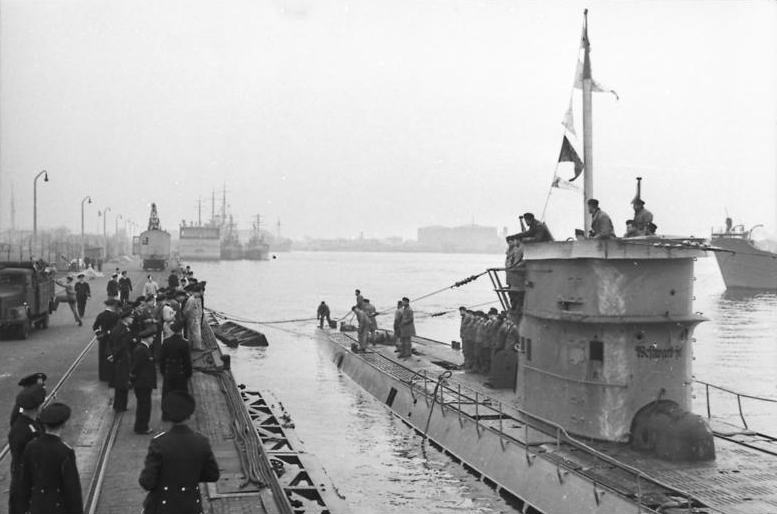
U-37 entering Wilhelmshaven after a mission
Sources:
https://en.m.wikipedia.org/wiki/German_Type_II_submarine
http://www.kagero.pl/index.php?option=com_content&view=article&id=194:the-type-ii-u-boat&catid=96:navy&Itemid=686
https://www.uboataces.com/uboat-type-ii.shtml
Gallery

U-Boat Type IIa waterline profile (1/400)

U-Boat Type IIc full profile for comparison

U1 in service with the Kriegsmarine before the war
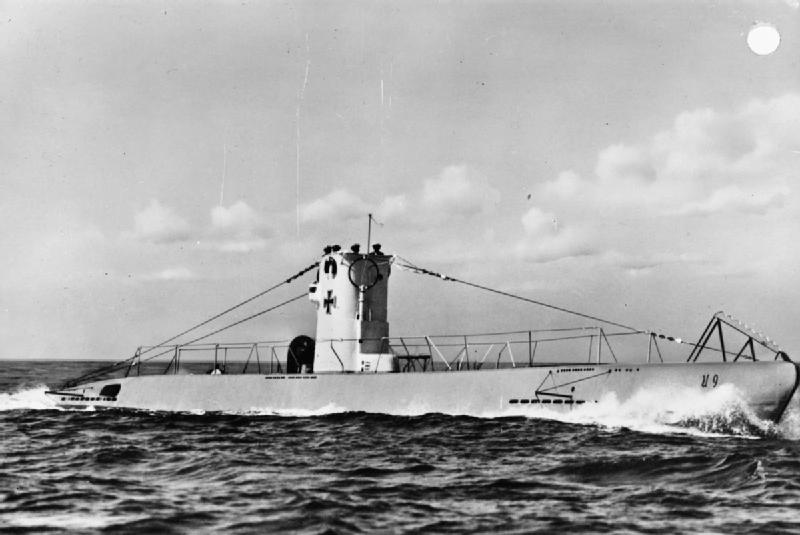
U9, of the following IIb class.
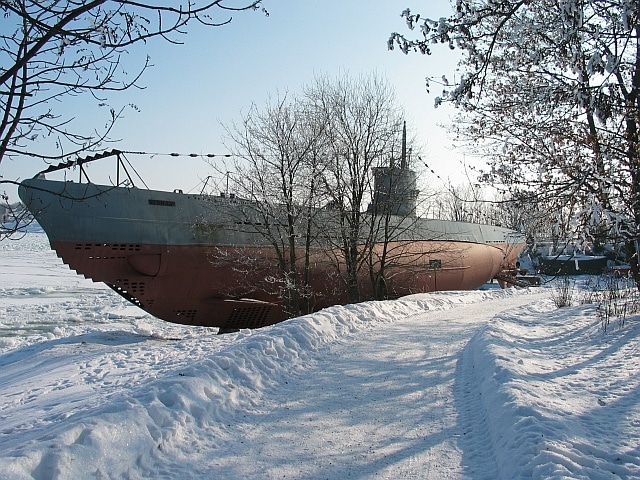
The Vesikko preserved at Susisaari island in Suomenlinna near Helsinki as of today. It has been restored and opened as a museum in 1973.

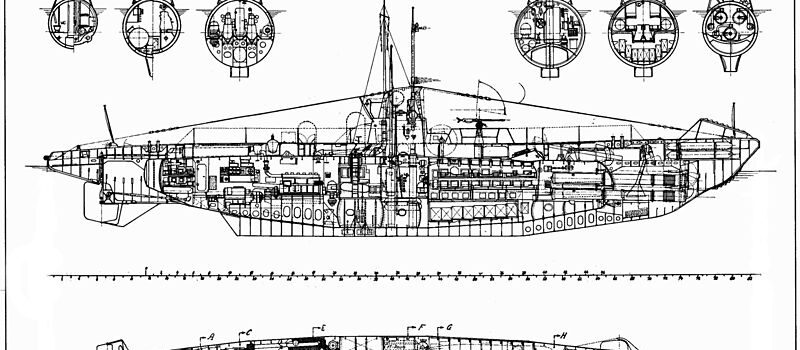
 Latest Facebook Entry -
Latest Facebook Entry -  X(Tweeter) Naval Encyclopedia's deck archive
X(Tweeter) Naval Encyclopedia's deck archive Instagram (@navalencyc)
Instagram (@navalencyc)





 French Navy
French Navy Royal Navy
Royal Navy Russian Navy
Russian Navy Armada Espanola
Armada Espanola Austrian Navy
Austrian Navy K.u.K. Kriegsmarine
K.u.K. Kriegsmarine Dansk Marine
Dansk Marine Nautiko Hellenon
Nautiko Hellenon Koninklije Marine 1870
Koninklije Marine 1870 Marinha do Brasil
Marinha do Brasil Osmanlı Donanması
Osmanlı Donanması Marina Do Peru
Marina Do Peru Marinha do Portugal
Marinha do Portugal Regia Marina 1870
Regia Marina 1870 Nihhon Kaigun 1870
Nihhon Kaigun 1870 Preußische Marine 1870
Preußische Marine 1870 Russkiy Flot 1870
Russkiy Flot 1870 Svenska marinen
Svenska marinen Søværnet
Søværnet Union Navy
Union Navy Confederate Navy
Confederate Navy Armada de Argentina
Armada de Argentina Imperial Chinese Navy
Imperial Chinese Navy Marinha do Portugal
Marinha do Portugal Mexico
Mexico Kaiserliche Marine
Kaiserliche Marine 1898 US Navy
1898 US Navy Sovietskiy Flot
Sovietskiy Flot Royal Canadian Navy
Royal Canadian Navy Royal Australian Navy
Royal Australian Navy RNZN Fleet
RNZN Fleet Chinese Navy 1937
Chinese Navy 1937 Kriegsmarine
Kriegsmarine Chilean Navy
Chilean Navy Danish Navy
Danish Navy Finnish Navy
Finnish Navy Hellenic Navy
Hellenic Navy Polish Navy
Polish Navy Romanian Navy
Romanian Navy Turkish Navy
Turkish Navy Royal Yugoslav Navy
Royal Yugoslav Navy Royal Thai Navy
Royal Thai Navy Minor Navies
Minor Navies Albania
Albania Austria
Austria Belgium
Belgium Columbia
Columbia Costa Rica
Costa Rica Cuba
Cuba Czechoslovakia
Czechoslovakia Dominican Republic
Dominican Republic Haiti
Haiti Hungary
Hungary Honduras
Honduras Estonia
Estonia Iceland
Iceland Eire
Eire Equador
Equador Iran
Iran Iraq
Iraq Latvia
Latvia Liberia
Liberia Lithuania
Lithuania Mandchukuo
Mandchukuo Morocco
Morocco Nicaragua
Nicaragua Persia
Persia San Salvador
San Salvador Sarawak
Sarawak Uruguay
Uruguay Venezuela
Venezuela Zanzibar
Zanzibar Warsaw Pact Navies
Warsaw Pact Navies Bulgaria
Bulgaria Hungary
Hungary

 Bundesmarine
Bundesmarine Dutch Navy
Dutch Navy Hellenic Navy
Hellenic Navy Marina Militare
Marina Militare Yugoslav Navy
Yugoslav Navy Chinese Navy
Chinese Navy Indian Navy
Indian Navy Indonesian Navy
Indonesian Navy JMSDF
JMSDF North Korean Navy
North Korean Navy Pakistani Navy
Pakistani Navy Philippines Navy
Philippines Navy ROKN
ROKN Rep. of Singapore Navy
Rep. of Singapore Navy Taiwanese Navy
Taiwanese Navy IDF Navy
IDF Navy Saudi Navy
Saudi Navy Royal New Zealand Navy
Royal New Zealand Navy Egyptian Navy
Egyptian Navy South African Navy
South African Navy






























 Ukrainian Navy
Ukrainian Navy dbodesign
dbodesign